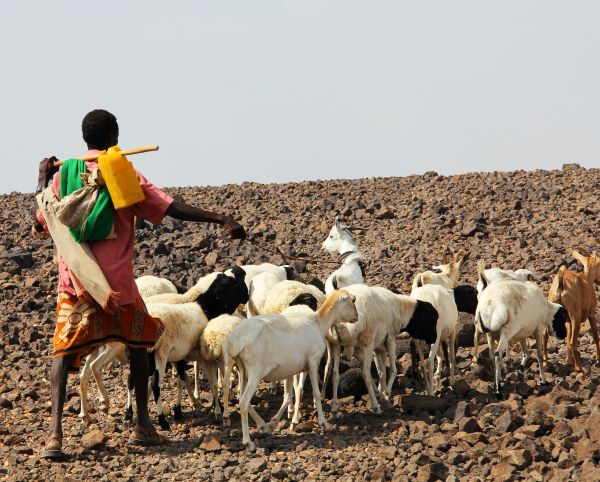The East African region recorded an uneven start to the June to September seasonal rains resulting in poor resources in the rangeland and agro-pastoral across the regions.
In its latest situational update on the Eastern African region, released Thursday, the US-based Famine and Early Warning Systems Network (FEWS NET) across the current drought in Somalia, Ethiopia, and Kenya was likely to continue deteriorating the water and pastures resources.
“The June to September rainy season over Ethiopia, Sudan, South Sudan, Eritrea, Djibouti, and Yemen is expected to peak from mid-August into September,” FEWS NET said.
“However, rainfall has been cumulatively below-average in Uganda, Rwanda, western Kenya, South Sudan, and the Rift Valley areas of Ethiopia.
“Meanwhile, the forecast above-average rainfall in August will likely increase the risk of flooding in localised areas.”
FEWS NET noted that the last March to June seasonal rainy season in the region ended with cumulatively poor rainfall, particularly in the Horn Africa.
“This marks the fourth sequential below-average rainfall season since late 2020. The ongoing drought in Somalia, Ethiopia, and Kenya is likely to continue deteriorating rangeland resources (water and pasture), as the typical dry season continues with abnormally hotter-than-normal conditions from July to October 2022.”
FEWS NET added; “The northward progression of the inter-tropical convergence zone (ITCZ) resulted in a near-normal start of seasonal rains over the northern and western sectors of East Africa.
“However, seasonal rainfall deficits are present along the Nile River basin in South Sudan, much of northern Uganda, North Western Kenya, and southwestern regions of Ethiopia.”
Meanwhile, according to FEWS NET, the coming short rain season in the East African region is also expected to be well below-average, driven by the forecast La-Nina, negative Indian Ocean Dipole (IOD), and strong western Pacific Sea surface temperature gradient (WPG) conditions.









